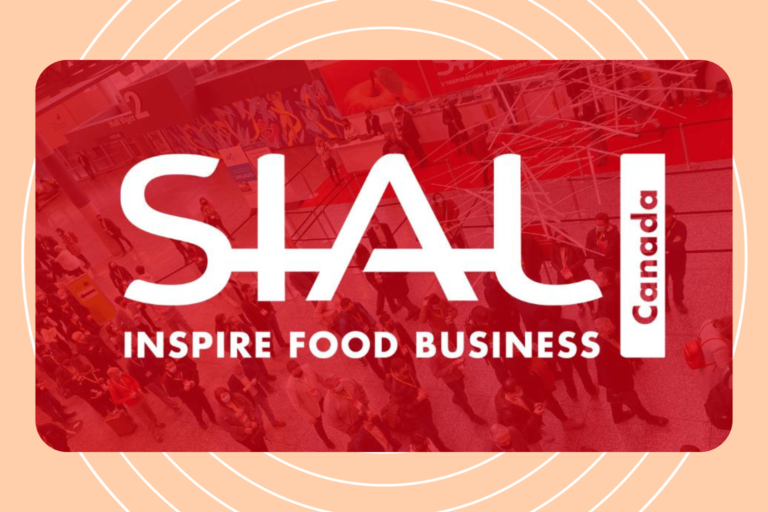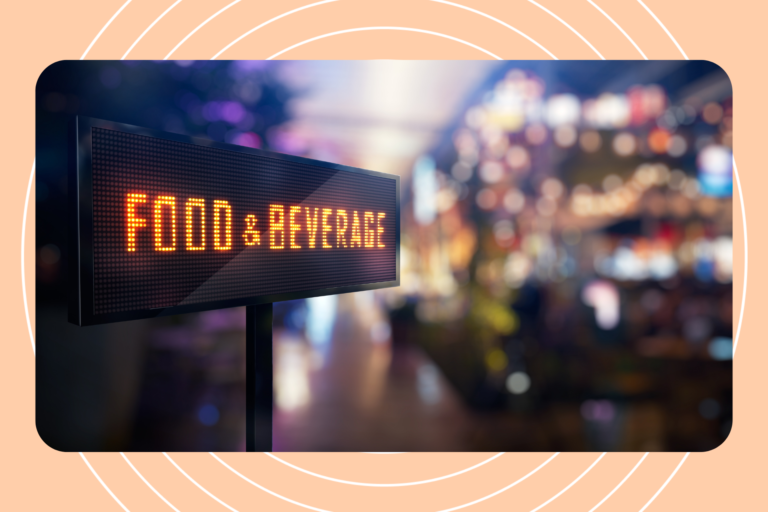Innovative 2023 PR Trends for Food & Beverage Brands
As the food and beverage industry continues to evolve, PR professionals must adapt and innovate to stay ahead of the curve. In 2023, several key trends have emerged that are shaping the landscape of food and beverage public relations. This in-depth look at these trends will help you understand the nuances of each and enable you to create effective PR campaigns for your brand.
1. Sustainability and eco-consciousness
Environmental concerns have become an integral part of consumer decision-making, as people increasingly prioritize sustainability and eco-friendliness. Brands that embrace these values and integrate sustainable practices across their operations stand to gain significant goodwill and loyalty from consumers. PR professionals should emphasize their clients’ commitment to the environment, showcasing eco-friendly packaging, waste reduction initiatives, and sustainable sourcing of ingredients.
Key points to consider when developing a PR campaign around sustainability:
- Clearly communicate the brand’s eco-friendly practices and the impact on the environment.
- Highlight partnerships with organizations that support environmental causes or initiatives.
- Use case studies and storytelling to showcase the brand’s journey towards sustainability.
2. Health and wellness
As consumers become more health-conscious, they seek out products that offer added benefits, such as functional foods and beverages. PR campaigns should focus on the health and wellness aspects of a brand’s offerings, highlighting the nutritional value, functional ingredients, and health benefits of their products.
To create a successful health and wellness PR campaign:
- Emphasize the science and research behind the product’s health benefits.
- Collaborate with experts and influencers to endorse and validate the product’s claims.
- Share success stories and testimonials from consumers who have experienced the benefits of the product.
3. Plant-based and alternative proteins
The demand for plant-based and alternative proteins has skyrocketed in recent years, fueled by concerns about health, the environment, and animal welfare. PR professionals should capitalize on this trend by promoting innovative plant-based products, emphasizing their taste, texture, and nutritional advantages compared to traditional animal-based options.
Key strategies for promoting plant-based and alternative proteins:
- Engage with the plant-based community to build brand awareness and credibility.
- Showcase the versatility and culinary potential of plant-based ingredients.
- Highlight any certifications or endorsements that attest to the product’s quality and sustainability.
4. Personalization and customization
Today’s consumers increasingly value personalized experiences and customized products that cater to their unique tastes and dietary preferences. PR campaigns should showcase a brand’s ability to meet these individual needs, whether through tailored recipes, customizable products, or innovative services.
To effectively promote personalization and customization:
- Use data and insights to identify consumer preferences and tailor messaging accordingly.
- Leverage technology and digital platforms to offer personalized recommendations and experiences.
- Partner with influencers and thought leaders to create custom content that resonates with target audiences.
5. Transparency and traceability
Consumers are becoming more discerning about the origins of their food and its production methods. PR professionals should promote transparency in the supply chain and highlight the ethical and sustainable practices of food and beverage brands.
Key tactics for promoting transparency and traceability:
- Share information about ingredient sourcing, production processes, and quality control measures.
- Use storytelling to humanize the brand and showcase the people behind the product.
- Leverage certifications, endorsements, and partnerships to validate the brand’s commitment to transparency.
6. Immersive storytelling
Brands are increasingly using storytelling to create emotional connections with consumers. PR campaigns should focus on telling a compelling story about the brand, its products, and the people behind them, creating an immersive experience that resonates with the audience.
To create engaging and immersive brand stories:
- Develop a strong narrative that communicates the brand’s values, mission, and purpose.
- Use a variety of media formats, such as video, podcast, and written content, to tell the story.
- Collaborate with influencers, experts, and other stakeholders to share their perspectives and experiences related to the brand story.
7. Digital and social media engagement
As digital platforms and social media continue to dominate the communication landscape, PR professionals must stay current with the latest trends, tools, and techniques to effectively reach and engage their target audiences. Influencer partnerships, live streaming events, and interactive content are just a few ways to enhance digital PR efforts.
Effective digital and social media strategies for food and beverage PR:
- Identify and engage with relevant influencers who align with the brand’s values and target audience.
- Utilize social media platforms to share engaging content, host contests, and drive conversations around the brand.
- Leverage data analytics to track and measure the success of digital campaigns and optimize them for better performance.
8. Purpose-driven campaigns
More consumers are seeking brands that align with their values and support social causes. PR professionals should create campaigns that showcase a brand’s purpose and commitment to making a positive impact on society, beyond just selling products.
Key elements of a successful purpose-driven PR campaign:
- Define and communicate the brand’s purpose and core values, and demonstrate how they drive business decisions.
- Highlight partnerships, initiatives, and campaigns that support social causes and create positive change.
- Share stories of how the brand’s products and services are making a difference in the lives of consumers and communities.
9. Virtual and hybrid events
With the ongoing need for social distancing and the growing acceptance of remote interactions, virtual and hybrid events continue to play a crucial role in PR efforts. Brands should leverage these formats to launch products, host tastings, and engage with consumers in new and exciting ways.
Tips for organizing effective virtual and hybrid events:
- Choose the right platform and format for the event, considering the target audience and desired outcomes.
- Develop engaging content and interactive elements to maintain audience interest and participation.
- Promote the event through social media, email marketing, and partnerships with influencers and media outlets.
10. Crisis management and preparedness
The food and beverage industry is not immune to crises, whether they involve product recalls, supply chain disruptions, or public health concerns. PR professionals must be prepared to manage and respond to crises effectively, protecting their clients’ reputations and maintaining consumer trust.
Key aspects of crisis management and preparedness in food and beverage PR:
- Develop a comprehensive crisis management plan that outlines potential risks, response strategies, and communication protocols.
- Establish a crisis response team with clearly defined roles and responsibilities.
- Monitor and address potential issues proactively, and maintain open lines of communication with stakeholders and the media during a crisis.
By staying ahead of these trends and understanding their nuances, PR professionals in the food and beverage industry can create impactful campaigns that resonate with consumers and drive brand awareness, engagement, and loyalty. Adapting to these trends will not only ensure the success of your PR efforts but also help your brand stand out in a competitive marketplace.



